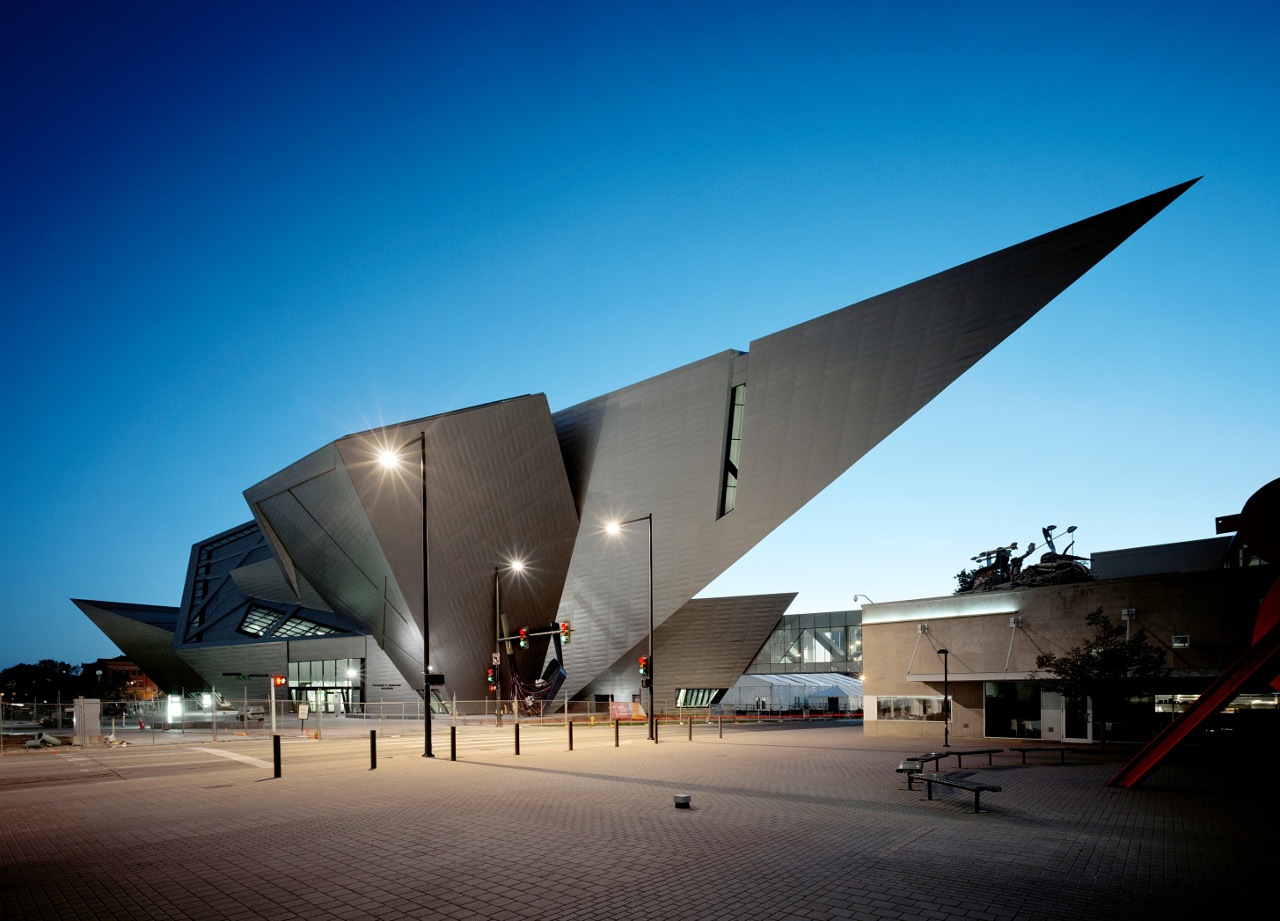- Nov 19 2017
Denver, CO
Founded in 1898 by Edward Richard Taylor and his son William Howson Taylor, Ruskin Pottery was named after a founding writer and critic of the Arts & Crafts movement, John Ruskin. Throughout its 35-year history, the pottery produced decorative vessels, tableware, buttons, and small glazed plaques called enamels, intended to be set in silver or pewter as jewelry.
Artistry and Craftsmanship: Ruskin Pottery, Enamels, and Buttons showcases the Ruskin Pottery style of hand-thrown and hand-turned ceramic bodies with innovative glazes. Works on view illustrate Howson Taylor's continual experimentation with new and sometimes difficult glaze techniques, resulting in four primary glazes—soufflé, luster, crystalline/matte, and high-fired flambé.
This exhibition features about 80 objects from 213 works of Ruskin Pottery given to the Denver Art Museum by Carl Patterson, the museum's conservator emeritus. This remarkable gift makes the DAM collection of Ruskin Pottery one of the largest collections in the world and presents great opportunities for research, exhibition, and publication.
Credit: Exhibition overview from museum website
Exhibition Venues & Dates
- Nov 19 2017
Denver, CO
